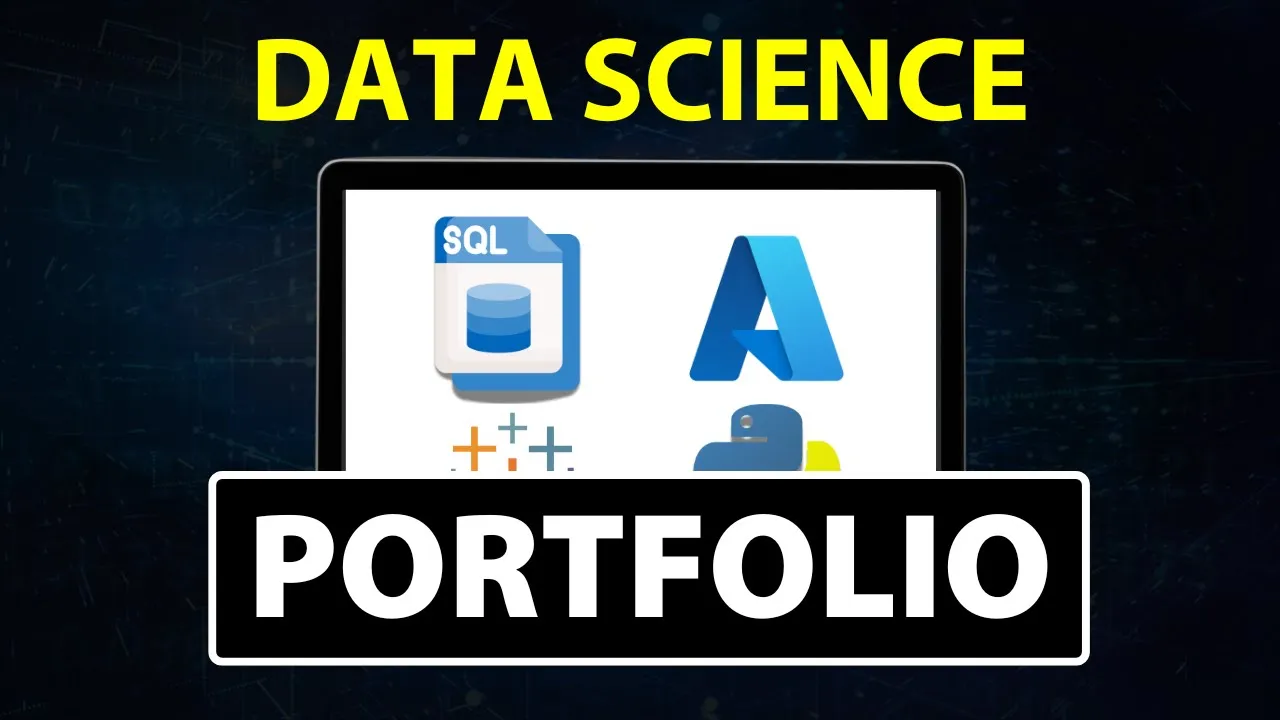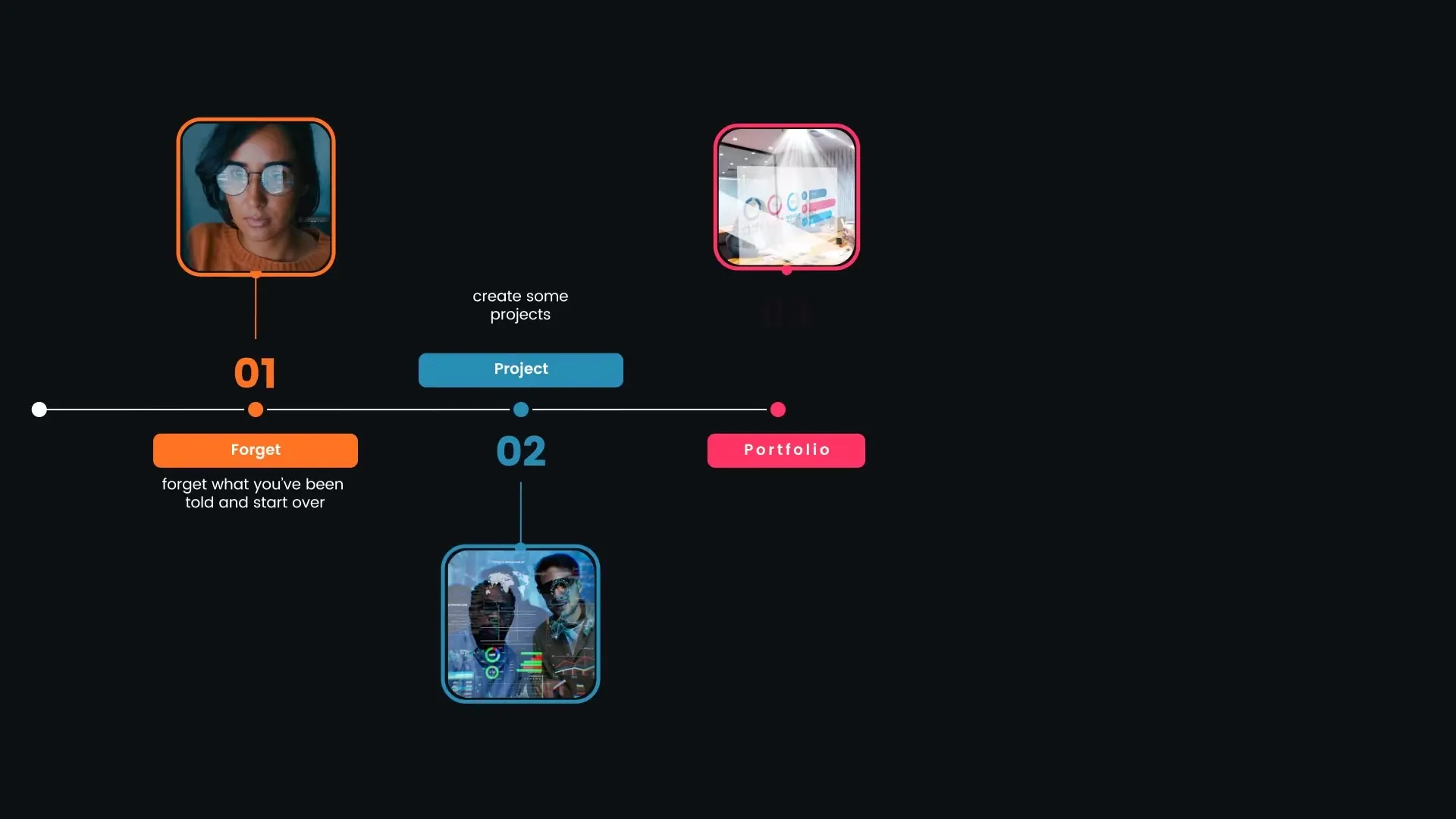
Building a data science portfolio is one of the most effective ways to land a job in the field, but most aspiring data scientists are approaching it all wrong. Instead of simply collecting projects and hoping recruiters notice, you need a strategic approach that aligns with what employers are actually looking for. Let's explore how to create a portfolio that genuinely impresses recruiters and helps you secure that coveted data science position.
Step 1: Focus on Skills That Employers Actually Value
The first step to building an effective portfolio is understanding what skills employers are looking for. After analyzing over 600,000 job listings, the most sought-after skills in data science become clear. Rather than spending time on niche technologies that won't move the needle for your career, focus on the skills that appear most frequently in job descriptions.
Here's the breakdown of the most important skills, from most to least frequently mentioned in job listings:
- Python (mentioned in approximately 70% of job listings)
- SQL (nearly 50% of job listings)
- R Programming (roughly 40% of listings)
- Tableau (around 30%)
- TensorFlow and Azure (about 20%)
- Excel, PowerBI, PyTorch, and Java (approximately 10%)

For entry-level positions, it's better to specialize in a few key skills rather than trying to master everything. Python and SQL should be your top priorities as they appear in the majority of job listings. If you don't know SQL, you're automatically disqualified from nearly half of all data science positions!
Step 2: Create Quality Projects That Showcase Your Skills
When you're just starting out, creating projects from scratch can be overwhelming. Begin with guided projects from platforms like Coursera or YouTube tutorials that incorporate the most in-demand skills like Python and SQL. These structured learning experiences provide a framework while allowing you to gain practical experience.
As you build confidence, gradually transition to more independent projects. You don't need to start from zero—get inspiration from other projects or take guided projects and add your own unique elements. This approach allows you to demonstrate creativity while ensuring your portfolio highlights the skills employers value most.

Remember that quality always trumps quantity. Recruiters have limited time and will typically only review a few of your projects. Having multiple mediocre projects can actually harm your chances by suggesting you can't focus and execute well. For beginners, 2-4 high-quality projects is sufficient to demonstrate your capabilities.
Step 3: Host Your Portfolio Projects Effectively
The best places to host your data science portfolio projects are GitHub and Kaggle. Both platforms are free, but they serve slightly different purposes:
- Kaggle is specifically designed for data science projects and has a built-in community of data professionals
- GitHub is more developer-focused but offers additional features and is widely recognized by employers across the tech industry
When uploading your projects, include your code, process documentation, and a clear summary. Structure your repositories logically and ensure they're easy to navigate. If you can't understand your own notes at a glance, recruiters certainly won't be able to either.
Step 4: Create a Personal Portfolio Website
Once you have a few solid projects, it's time to create a personal portfolio website that serves as a central hub for your work. This website allows you to present your projects in a more customizable and visually appealing way than GitHub or Kaggle alone.
You don't need to be a web developer to create an effective portfolio site. Platforms like Wix offer free templates that you can customize without any programming knowledge. Focus on simplicity and clarity rather than flashy design elements.

For each project, include a concise summary that highlights the core skills used and key visualizations. Link to the full project on GitHub or Kaggle for those who want to explore further. Think of your portfolio website as a storefront that showcases your best work while the detailed projects live elsewhere.
Step 5: Learn to Talk About Your Projects Effectively
Having a great portfolio is only half the battle—you also need to know how to discuss your projects effectively during interviews. Recruiters aren't just evaluating your technical skills; they're assessing your problem-solving approach and how you apply data science concepts in real-world scenarios.
Be prepared to discuss:
- The problem you were trying to solve
- Your approach and methodology
- Challenges you encountered and how you overcame them
- What you learned from the project
- What you might do differently next time
It's perfectly acceptable to be honest about challenges you faced. In fact, discussing what you learned from difficulties can make you more relatable and demonstrate your growth mindset. Remember that employers are looking for team members, not just technical experts—they want to know how you'll work with others and handle obstacles.
Conclusion: Your Portfolio is Your Professional Story
A well-crafted data science portfolio tells the story of your skills, problem-solving abilities, and professional growth. By focusing on the skills employers value most, creating quality projects, hosting them effectively, building a personal website, and learning to discuss your work confidently, you'll create a portfolio that truly stands out to recruiters.
Remember that your portfolio is a living document that should evolve as you gain new skills and complete more advanced projects. Start with the fundamentals outlined here, and you'll be well on your way to creating a data science portfolio that actually gets you hired.
Let's Watch!
5 Steps to Build a Data Science Portfolio That Recruiters Actually Want
Ready to enhance your neural network?
Access our quantum knowledge cores and upgrade your programming abilities.
Initialize Training Sequence